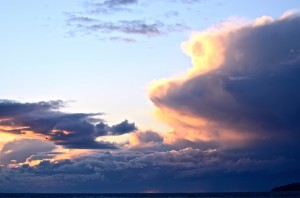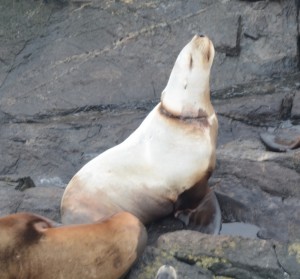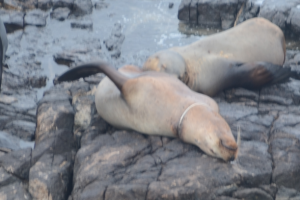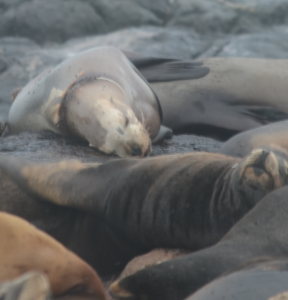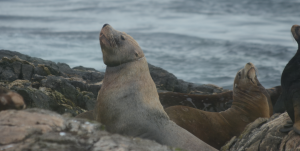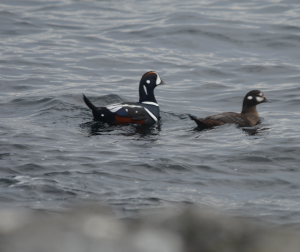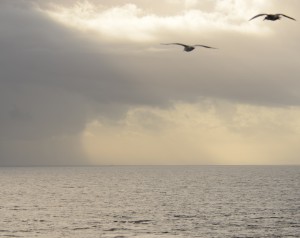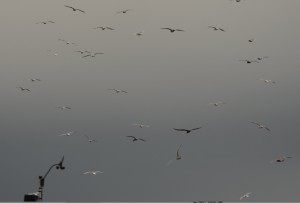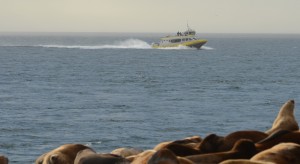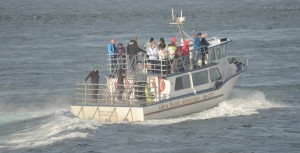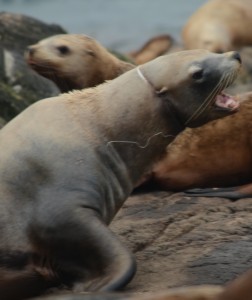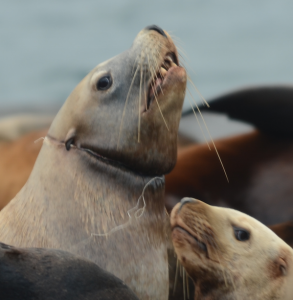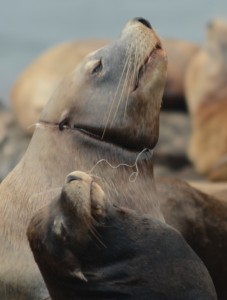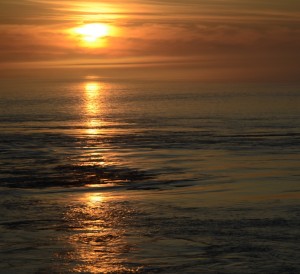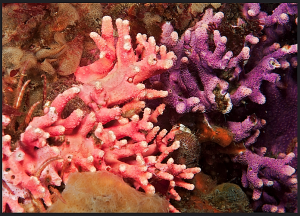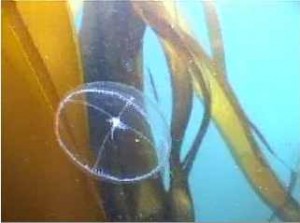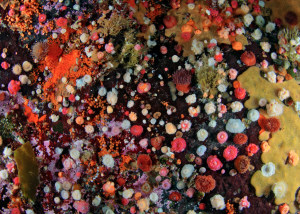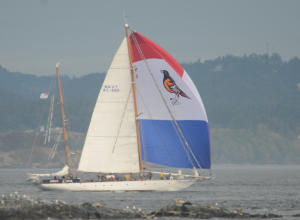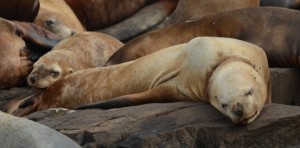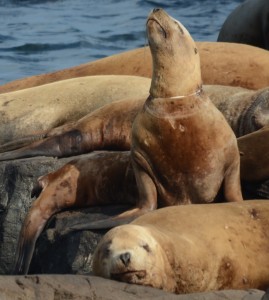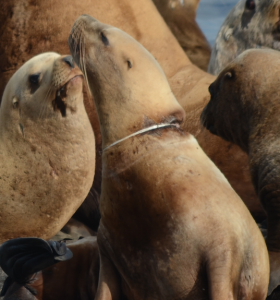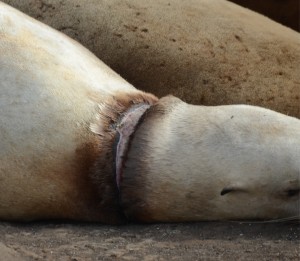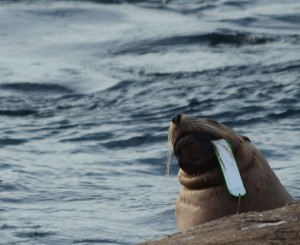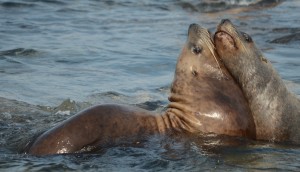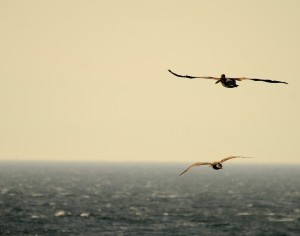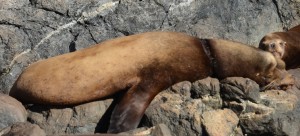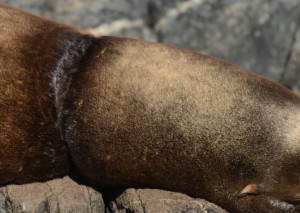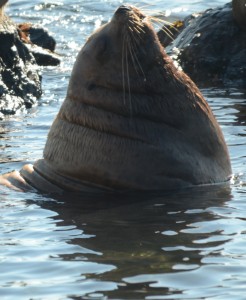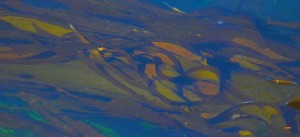The barometer climbed right out of its 996 hole today and there was glorious sunshine mixed with dark and nasty, west to southwest squalls. Some of the gloomier squalls also brought thunder and lightening. Band after band of bright and dark passed from the southwest. There was also a substantial groundswell. All of the weather drama made for a spectacular sunset.
Six brave whale watching boats were observed in the Ecological Reserve today and the folks in open boats must have had an interesting time during the big, mid-afternoon windstorm with a sudden and sodden downpour. I was out in the middle of it too, standing by, on the end of the jetty, waiting for a landing, but was too rough. It was gusting ~ 25 knots when I left the lighthouse to meet the boat and there were about 300 sealions hauled out in front of the science house.
There were also five adult Brown Pelicans on South Rock in the middle of this tempest’s blast. They can huddle down into a very low aerodynamic, face into the wind, posture and they didn’t get blown away.
The sealions retreated to the water during the deluge and have only now hauled out again en masse, three hours later. Many of the Stellers are in full molt now and some of them are looking quite scruffy. ‘Flake’ is the only Northern Elephant Sea of the ten blocking the jetty this morning that looks like he is still moulting. He may have a skin condition, as it is quite pink and raw looking.
The biggest of this crew is starting to “sprout” the big proboscis for which the adult males are famous. It looked to me like it was quite uncomfortable and kept awaking and thrashing around and garbling. They must feel really heavy on land after being at sea so much of their life.
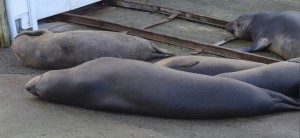
Flake, (top left) and other Northern Elephant Seals have taken over the entrance to the boat shed and jetty.
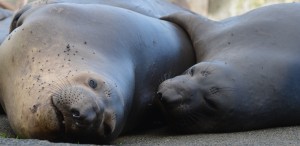
The seal on the left kept awaking from sleep disturbed and the one on the right would grip him each time it happened. I wonder if it hurts having your nose grow that fast?
Today was census day and the results are listed below. I missed the Harbour Seals due to the ferocity of oncoming squalls but will try to catch them tomorrow.
Steller Sealion 318
California Sealion 381
Northern Elephant Seal 10
Canada Goose 22
Greater White-fronted Goose 1
Harlequin Duck 5
Double-crested Cormorant 118
Pelagic Cormorant 19
Brown Pelican 5
Black Turnstone 9
Surfbird 5
Sanderling 3
Western Sandpiper 2
Dunlin 2
Black Oystercatcher 12
Killdeer 2
Glaucous-winged Gull 150
Thayer’s Gull 1200
California Gull 2
Western Gull 7
Heerman’s Gull 4
Gull sp. 50
Common Murre 3
Fox Sparrow 2
Dark-eyed Junco 1
Savannah Sparrow 15

